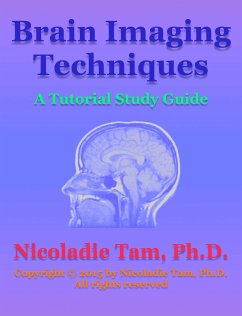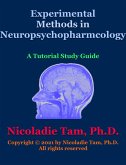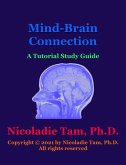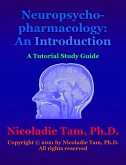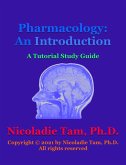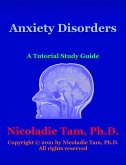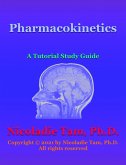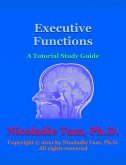"Brain Imaging Techniques" is a book chapter of the college-level textbook for the book volume in the Principles of Neuropsychopharmacology course. It is a part of the Science Textbook Series authored by Nicoladie Tam, Ph.D. that also includes the Principles of Biology course. This book is written with specific pedagogical considerations to facilitate students' learning. It applies the proven best practices to motivate students in learning. It uses multiple pedagogical methodologies to engage students in active learning by participating in the knowledge acquisition process. It stimulates the curiosity of students by asking them questions and answering them immediately. It guides the students in their comprehension of knowledge by using examples and by giving them detailed explanations following the answers. This book uses a step-by-step tutorial approach to walk through the process of refinement in learning - leading students by asking a simple question first, then followed by a more in-depth question. This helps students understand each principle in an incremental fashion. It solves a complex problem without overwhelming the students. This tutorial approach breaks down a complex problem by addressing the puzzle one piece at a time. Students will then learn the methodology of scientific inquiry by following the author's (instructor's) lead one step at a time. It solves a problem by asking in-depth questions incrementally. The author (instructor) demonstrates the problem-solving process by illustrating how to solve a problem using the materials presented in the book chapter. The technique is the question-and-answer inquiry-learning process. It uses the contents of the chapter materials as examples to illustrate how to find out the answers by asking questions. It explains the principles and concepts without needing the traditional narrative description of some complex phenomena. It subdivides the problems into small chunks of knowledge for students to acquire. The goal-directed learning process is one of the pedagogical methods used in this book to facilitate students' inquiry-learning. It uses a targeted problem-solving process by homing in the problem. It applies the computer science theory in problem-solving to teach effective problem-solving using a highly efficient binary-search methodology as a pedagogical principle to teach students how to learn efficiently. The binary-search (divide-and-conquer) method is essentially breaking down a complex problem by half each time and discard the irrelevant half of the solution space repeatedly. So students don't need to spend time on irrelevant materials and focus mainly on what is relevant. This process is done by asking a simple question first, then getting an immediate answer for the specific question without wasting time on other irrelevant content. The binary-search method then iterates the process of divide-and-conquer by keep subdividing the solution space into halves and then exploring the relevant half while discarding the irrelevant half. When the problem cannot be subdivided anymore, the final answer becomes the solution automatically.
Dieser Download kann aus rechtlichen Gründen nur mit Rechnungsadresse in A, B, CY, CZ, D, DK, EW, E, FIN, F, GR, H, IRL, I, LT, L, LR, M, NL, PL, P, R, S, SLO, SK ausgeliefert werden.

